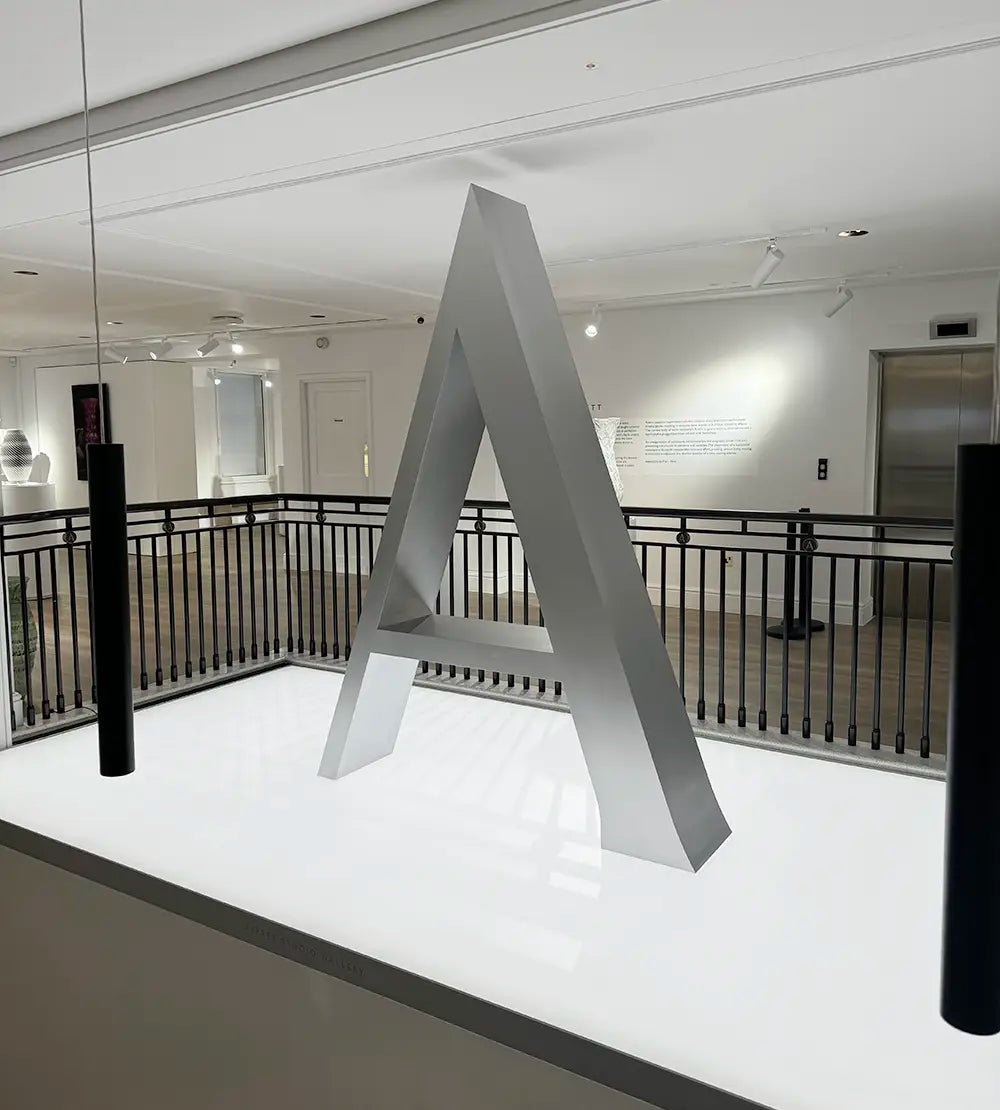Edvard Munch’s The Scream (1893) is one of the most recognisable artworks of modern times. The agonised face in the painting has become a powerful symbol of the anxiety inherent in the human condition and modern society.
Edvard Munch (1863-1944) was a Norwegian painter and printmaker whose intensely evocative treatment of psychological themes built upon some of the main tenets of late 19th-century Symbolism and greatly influenced German Expressionism in the early 20th century. His oeuvre focused on exploring deep emotions such as fear, love, and melancholy, often drawing from personal experiences and traumas.
Munch's best-known work, The Scream, is part of a powerful series of images that he called The Frieze of Life, first exhibited in 1893. Munch created two painted versions of The Scream (1893, 1910), two in pastels (1893, 1895), and a lithograph stone (1895) from which several prints survive.
Munch recalled the moment that inspired the painting as a striking event when the sky turned blood red: “I walked with two friends. Then the sun sank. Suddenly the sky turned as red as blood... My friends walked on, and I was left alone, trembling with fear. I felt as if all nature were filled with one mighty unending shriek.”
Asprey Studio has drawn inspiration from the universal anxiety conveyed by this iconic image, creating its own version of the original lithograph (1895), sourced from the Art Institute of Chicago via Bridgeman Images. The Silver Scream was born.




